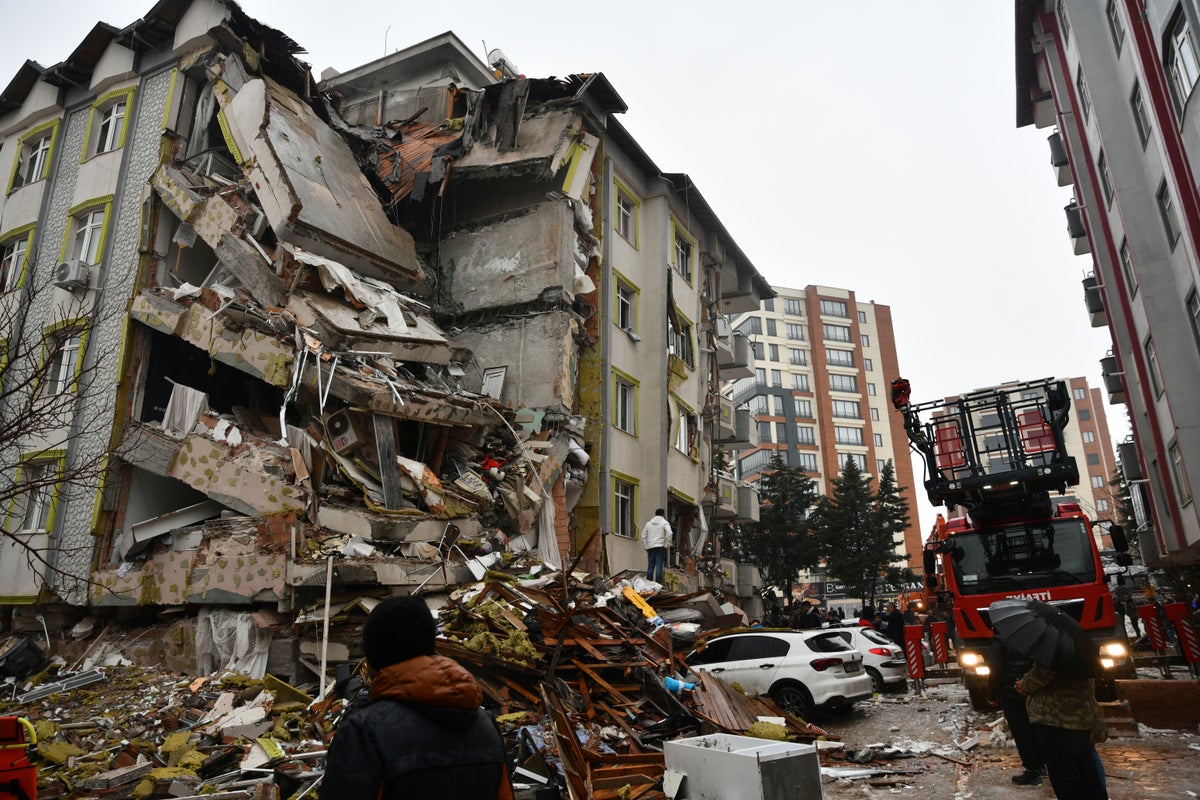
Turkey is reeling after being hit by two powerful earthquakes in quick succession on Monday morning.
The first, the worst to strike the country since the Erzincan quake of 1939, measured 7.8 on the Richter scale and struck near Gaziantep in the southeast of Turkey, killing more than 1,300 people in the region and neighbouring Syria, with the impact felt as far away as Cairo, Egypt, and Italy bracing for a possible tsunami.
The second, measuring 7.5, hit Ekinozu, around 100 miles north of the first, endangering rescue workers striving to save people trapped under rubble by the first blow.
The rescue effort is ongoing but it is feared the death toll will climb considerably as the scale of the tragedy gradually becomes clearer.
Turkish president Recep Tayyip Erdogan has said that 45 countries have so far offered to send help and humanitarian aid.
The British Geological Survey (BGS) explains that earthquakes like these, which so often have devastating consequences, are the result of “sudden movement along faults within the earth”.
The outermost layer of the earth’s structure, known as the lithosphere, consists of 15 giant tectonic plates the size of continents, which move constantly in relation to one another, drifting apart, coming together or sliding past.
Beneath the lithosphere lies the asthenosphere, which behaves like an extremely slow-moving liquid over time, meaning the plates above it never sit entirely stationary.
The BGS explains that there are three main possible drivers behind the movement of tectonic plates: warm mantle convection currents carrying them “like a conveyor belt”, oceanic ridge push causing one warmer plate to shove against and rise above another, and slab pull, which occurs when one older, colder plate sinks beneath another.
Even just a few centimetres of movement a year is enough to cause significant deformation along the boundaries of these plates, which – according to geologist Henry Fielding Reid’s “elastic rebound theory”, developed in response to the notorious San Francisco quake of 1906 – will eventually exceed the frictional force holding the rocks together, causing sudden slips to occur along a fault line.
This event releases the built up pressure or “elastic strain” energy as seismic waves, which shudder through the earth and cause the ground to shake at surface level.
This is how earthquakes are instigated, with the tremors of a powerful strike often sufficient to rock buildings at their foundations and bring them toppling down, wreaking destruction across human settlements situated within range of its epicentre.
Turkey lies close to the meeting point of the Eurasian and Arabian tectonic plates, placing it on the frontline of potential seismic activity.







